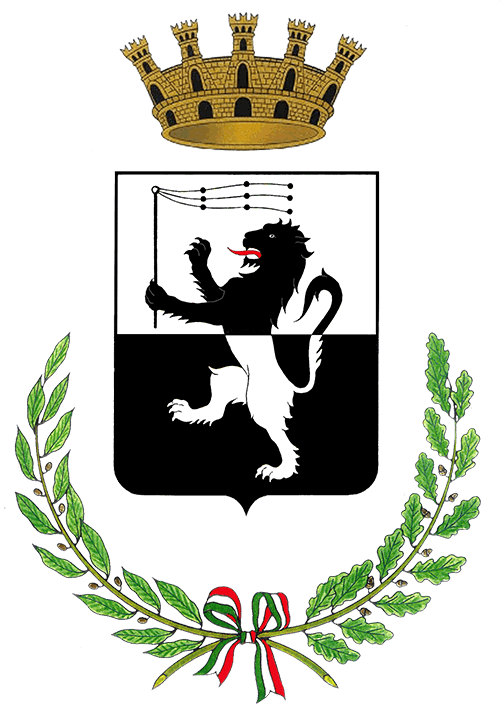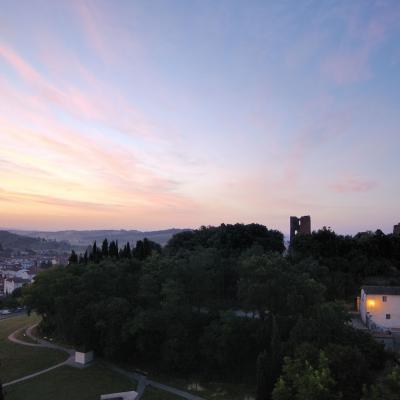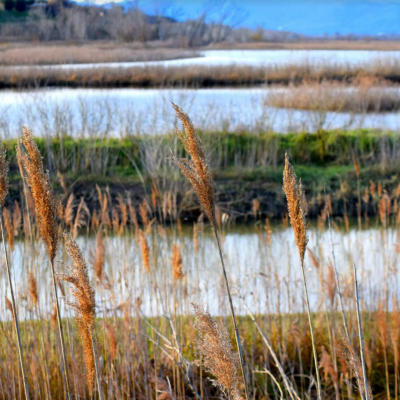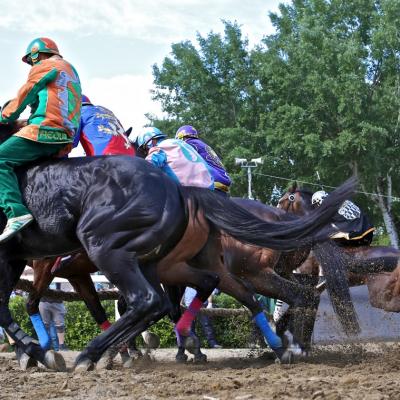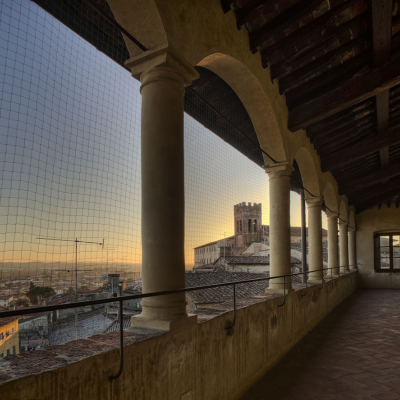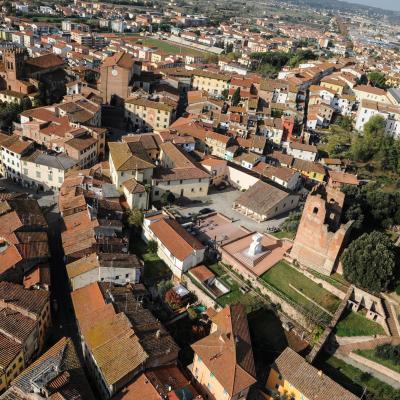In the spring of 2005, a pair of white storks nested for the first time on a pylon, in an area on the edge of the Padule of Fucecchio. Such an event had not happened in Tuscany for three centuries and since then it has repeated itself every spring, under the constant control of the scholars of the Nature Reserve of the Padule of Fucecchio and under the curious eye of thousands of visitors arrived to witness the nesting phases and the first test flights of the young.
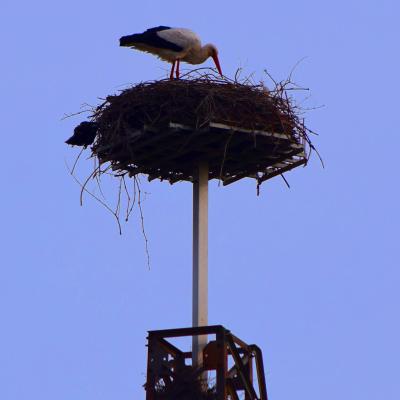
After centuries of waiting
The White Stork (Ciconia ciconia) is a central European -Mediterranean migrating species, nesting at mid-latitudes in Europe, Asia Minor and North Africa and wintering mainly in Africa, south of the Sahara. The main migratory routes pass through Gibraltar and the Bosphorus, but Italy is also affected by a growing spring and autumn transition, probably due to the increase in the populations of neighbouring countries, such as Switzerland and France. It was the earlier extinction of the bird which reproduced in Roman times throughout the country, but which had ended up disappearing perhaps as early as the sixteenth century, that made the 2005 naturalistic event extraordinary. The situation, then, had remained unchanged for centuries, for various causes: food hunting (in the Renaissance), environmental changes, illegal hunting of species in the reproductive period and, lastly, for the increased number of power lines.
For this reason, in 1985 the LIPU (Italian League of Bird Protection) promotes an awareness campaign and a first reintroduction project, the building of white stork breeding centres; After twenty years of commitment to the conservation of the species, in the breeding season 2005 as many as 160 couples nest in many Italian regions, including Tuscany. In Fucecchio, a mixed couple spotlighted as the first nesting in the free state: the female came from the breeding centre of Massa Marittima, and the male probably comes from the wild. The pair reproduced successfully in the following years, while in 2007 two other specimens nested in Titignano and the following year a third pair nested in the WWF Oasis of Bolgheri. The number of Tuscan nests has continued to grow in the following years, sanctioning the effectiveness of that slow and gradual process of recolonization of the species that, over time, has benefited from the adoption of protection measures and environmental improvement works.
Source: Padule of Fucecchio Research, Documentation and Promotion Centre

